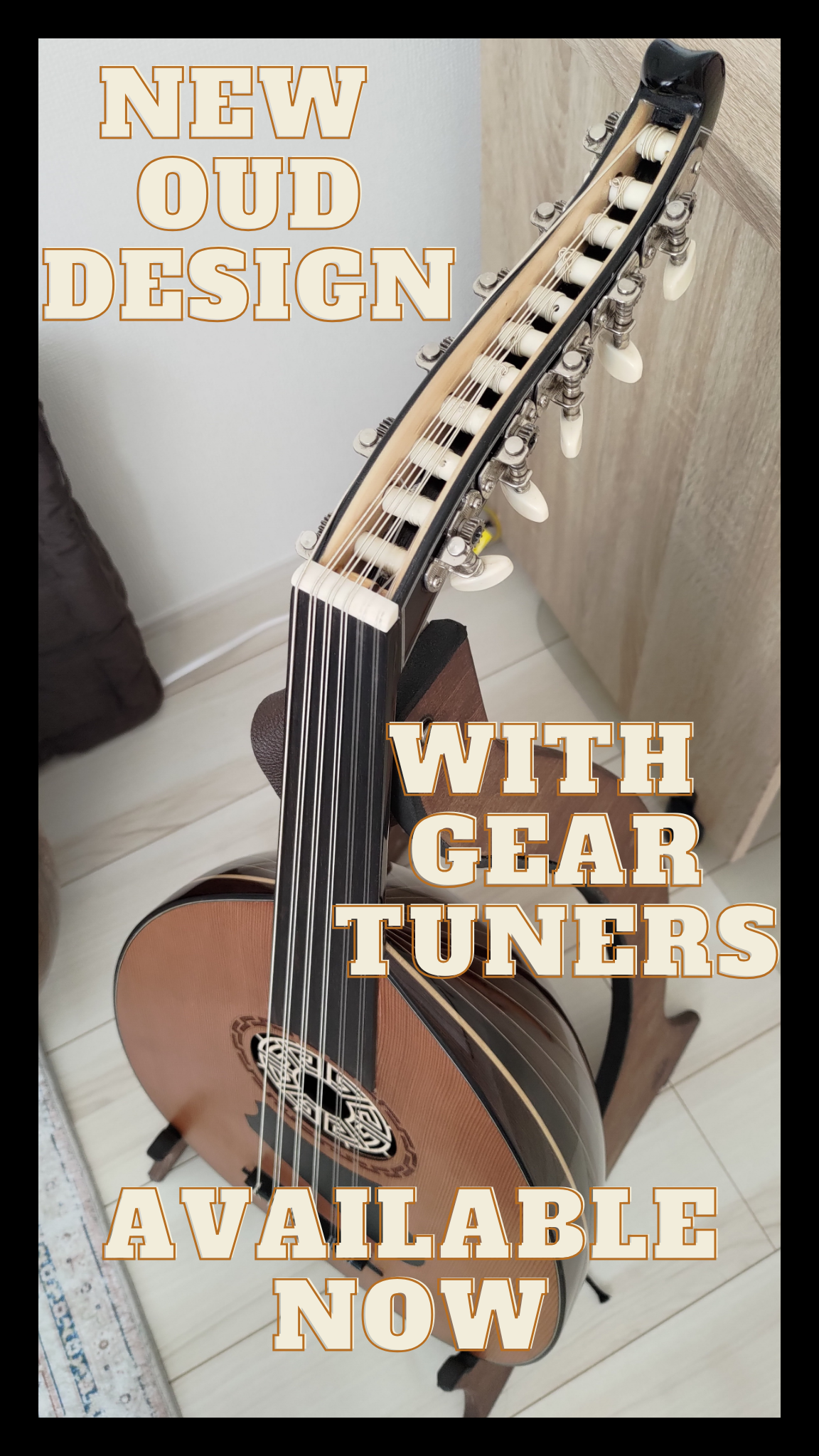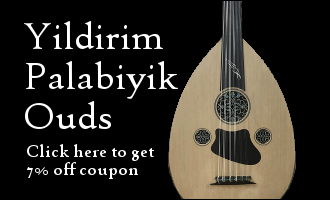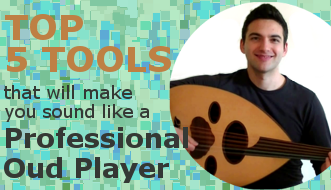If you are getting to know Middle Eastern music you may have noticed that you see a lot of similar names for tunes that sound totally different. This article will talk about some of the names you will see when you read Arabic records, watch YouTube videos, and go to concerts.
It seems that a lot of early music tended to name compositions by their function or their place. For example, in Western music we have terms like “Prelude in C major”, which means that it is an introduction to another piece in a suite of music. A prelude may also establish a key signature for use later on in the suite.
Similarly, in Arabic music there is a term called “doulab”, which is exactly what a prelude is in function. A “doulab”, (pron: doo-lab) is a short introductory piece of instrumental music which establishes the maqam that we are going to hear. So you may find yourself listening to many different doulab. Some may be doulab Nahawand, others might be doulab Hijaz. This indicates the maqam of the introduction. A doulab can be played in different rhythms as well, but usually highlights particular melodic dynamics and developments of the maqam. Listen to doulab in different maqams and you will become accustomed to some of the melodic nuances that are possible with the maqam.
In Iranian music, we call these introductions “pish-daramad”, (pron: peesh-daramad which literally means, “pre-introduction”. Most of the time, a pish-daramad is in a slow 6/4 rhythm, and also serves to warm up your ears to the scale being played. To make things even more confusing, we then have “daramad”, which means “opening”, or “introduction”. Daramad is usually played non-rhythmically and also establishes an opening melodic gushe (niche). Here is an example of daramad shur played by myself from the Radif of Mirza Abdollah:
https://soundcloud.com/nsgfunk/daramade-avval-shur
Another term an Oud player MUST be familiar with is “taqsim”, (pron: tak-seem), which means to divide, but is essentially a term which means “solo”. So you will also find taqsim bayyati, taqsim sikah, taqsim nahawand etc. This effectively means, “solo in bayyati”, “solo in sikah”, etc.
It is a rather modern development in Middle Eastern music that tunes are given names that make reference to abstract thoughts or feelings. Pieces of music which are named specifically are usually composed, whereas taqsim is usually spontaneous and totally improvised. This is a distinction that should be remembered.
There is another term called “Sama’i”, which is a 10 beat rhythm we learn how to play in the beginner lessons packages. A very famous composer, Tatyos Efendi wrote many famous melodies, and a few of his most well-known are composed in the same maqam. So you will find that there may be several different tunes that are referred to as Sama’i Kurd, or Sama’i Nahawand. For a beginner, this can be very confusing. To distinguish between two tunes that have the same name, in speaking about the song a person may say that this one starts in Nahawand, for example, but modulates to Hijaz Kar. Depending on the melodic development each tune may be described in different ways. This is one way to distinguish between them.
Of course, this refers to instrumental music which does not have any poetry associated with it. If it is a song with lyrics, then the name of the song will be referred to by a particular line of poetry. The term “Saz Sama’i” or “Saz Sema’i” depending on the spelling used, means “instrumental Sama’i”.
Likewise in Iranian music, we have tunes that are referred to by the gushe or dastgah that it is being played in. Parviz Meshkatian is well known for his instrumental compositions. He has several different “Chaharmezrab Homayoun” for example. Chaharmezrab refers to fast rhythmical dance tunes, and Homayoun is the dastgah of Homayoun. There isn’t really any practical way of distinguishing between different tunes, unless a specific name has been given to each. “Chaharmezrab” is an interesting name. It essentially means, four mezrab, or four beats, or four strums. “Chahar” is the word for the number 4 and “mezrab” is the term that you know as the Oud pick. In Farsi, “mezrab” is used to describe any plucking, or hitting of notes on an instrument. It also refers to the tool used to pluck or hit a string.
I hope this does help explain why some tunes seem to have the same name even though they sound totally different. Have you seen any other examples of songs with the same name? If you have any more information on this subject please tell us about it! Share in the comment section below.
Here are some YouTube videos of some tunes that are all referred to by the same.
Sama’i Kurd
http://www.youtube.com/watch?v=KkwTQ8rcyLo
http://www.youtube.com/watch?v=eI3bsV0WIDc





